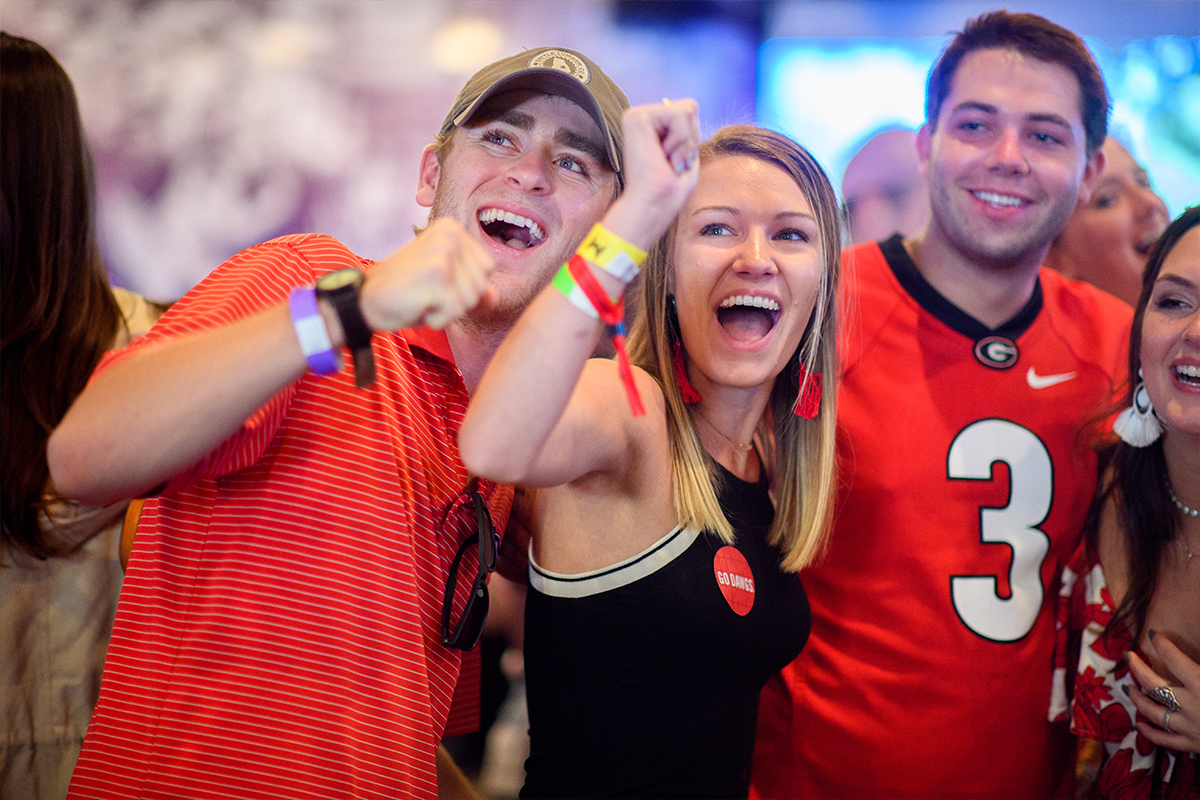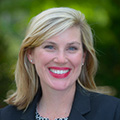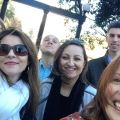How Does Alumni Relations Measure Engagement?
You know the parable about the starfish on the beach, right? To summarize, an elderly man walks on a deserted beach. He comes upon a boy surrounded by thousands of starfish. The young boy picks up the starfish one by one and throws them back into the ocean. The old man asks him what he is doing. The little boy replies that he is trying to save the starfish. The old man laughs and says there are thousands of starfish and only one of him, adding the young boy won’t make much of a difference. As he gently tosses one more starfish into the ocean, the boy says, “It will make a difference to that one.”
In Alumni Relations, our mission is to engage as many of the nearly 350,000 alumni as possible. We do this in many ways. We host events. We engage volunteers, recruit mentors, and obtain donors. We visit, meet, converse, and strategize with graduates.
How do we measure the difference we have made from all of this activity? How do we determine which activities are actually working?
Can you imagine having a secret detector that accurately measures the number of starfish the boy actually saved? If he could tell someone how many HE alone saved, perhaps he could recruit more helpers, and save EVEN MORE starfish.
This is what we set out to do, and why we are tracking engagement. Our equation is not perfect, but it is a start. This is how we do it, and how you can help.
Step one: Decide what to count as “engagement.” If you don’t start somewhere, you won’t end up anywhere. We made a list of items that, to us, most likely determine an engaged alum.
Have they: Attended an event? Volunteered? Served on a board? Submitted a Bulldog 100 or 40 Under 40 application? Have they written a “Give that Dawg a Bone” card to an admitted student? Have they participated in a meeting with DAR staffer? Have they made a donation? We look at this data in the span of the fiscal year.
We run a report (with the help of Advancement Services) and determine how many alumni are uniquely engaged. This math is not perfect yet, because we get better every day. But we need to start somewhere in order to see what works.
One key factor in all of this is GAIL. It is essential that meetings, events, interactions … everything that occurs with a graduate is inputted in GAIL.
Once we have our baseline of uniquely engaged alumni established, we can take a closer look at the group that is NOT engaged. All of those starfish left on the beach, well, we can work together to save them too. But it will take all of us.





